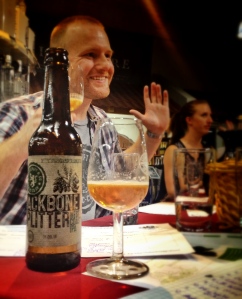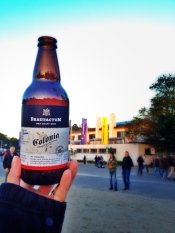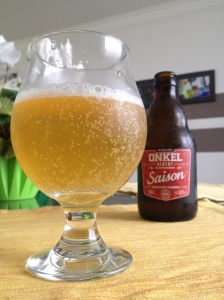What’s a West Coast IPA? What is the difference to the “normal” American IPA? And is there an East Coast IPA?
In the past twenty-five years the craft beer scene in the US has exploded. Especially microbreweries on both coasts – the East and the West – produce more than half of the craft beers in the US. It’s no wonder that a certain rivalry has developed.
East Coast and West Coast breweries have very different approaches to their brewing, but both IPA-styles have their own soul and their own recognition.
Although and East Coast IPA has exactly the bitterness an IPA should have, it tends to have more citrus and fruit notes in the taste. In general, it is a lighter, juicier and less aggressive IPA – so to speak, a good “starter-IPA” for IPA newcomers.
West Coast IPAs also have the flavors of citrus and sweet fruits but they tend to be more hoppy, bitter, earthy and piney. They are dry and slightly more aggressive than the typical American IPA.
A good example for the West Coast IPA is the  Backbone Splitter by Hanscraft & Co. brewed with Horizon, a bitter hop, and Amarillo, Simcoe and Centennial which are aroma hops.
Backbone Splitter by Hanscraft & Co. brewed with Horizon, a bitter hop, and Amarillo, Simcoe and Centennial which are aroma hops.
Upon opening the bottle I smell a bouquet of citrus fruits. It pours clear with an amber color and nice white foamy head.
The citrus aroma is now a more intense grapefruit and lemon aroma mixed with peach, mango or papaya – it definitely has this unique “creamy-fruity” aroma of exotic fruits!
The first sip is light and with a good balance of sweet malt and bitter fruity hops. The bitterness from the fresh hops increases with every sip and is filled with orange, peach aromas, spicy herbs and resin notes with a pleasant dry, bitter finish.
Conclusion:
I would have liked to have a little less dry but fruitier finish. However it is a good aromatic West Coast IPA to enjoy, with a more dangerous name than it actually is!



